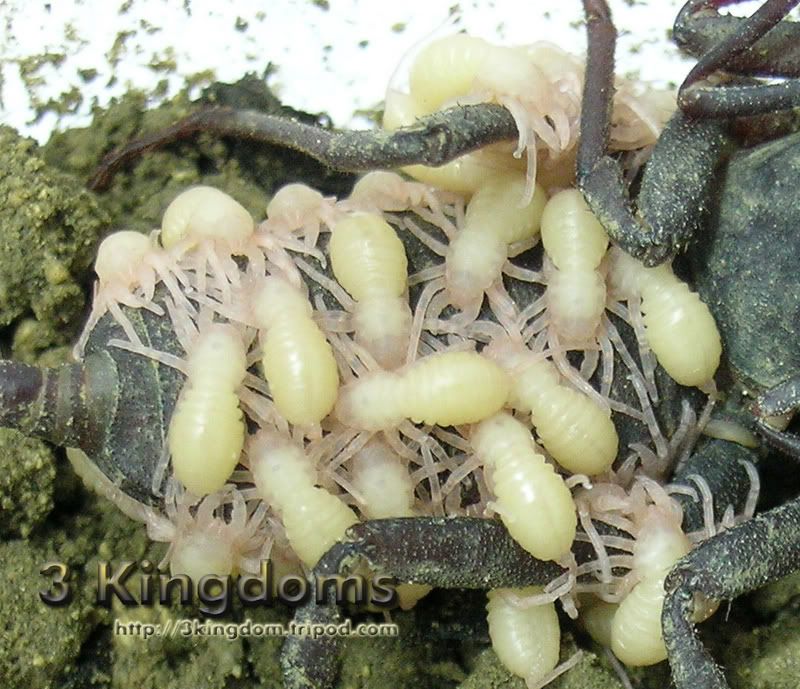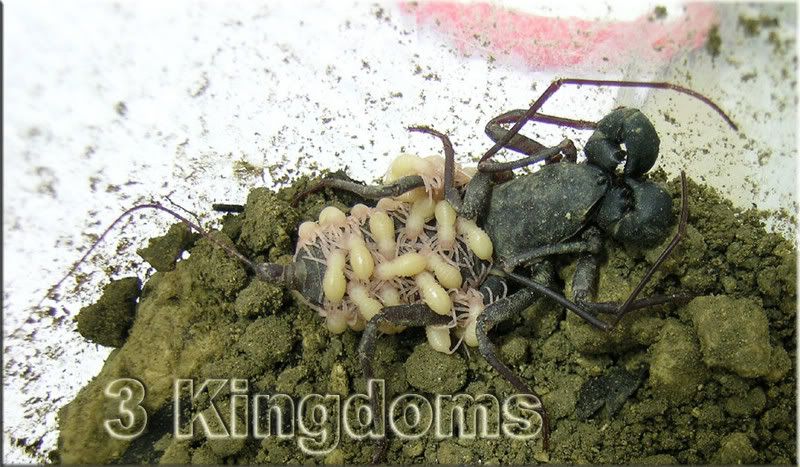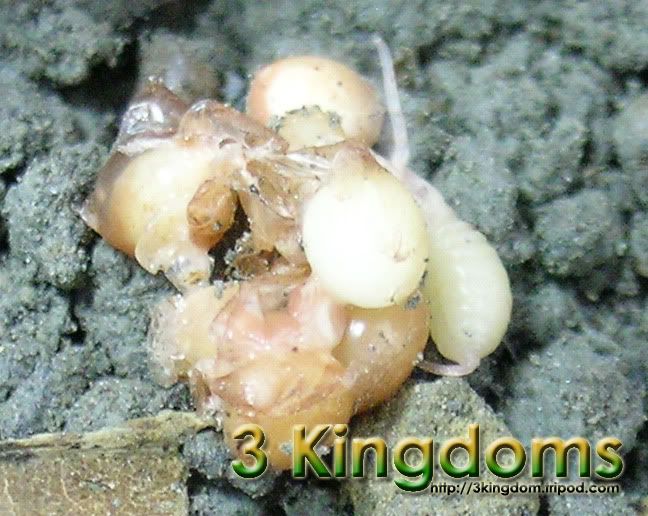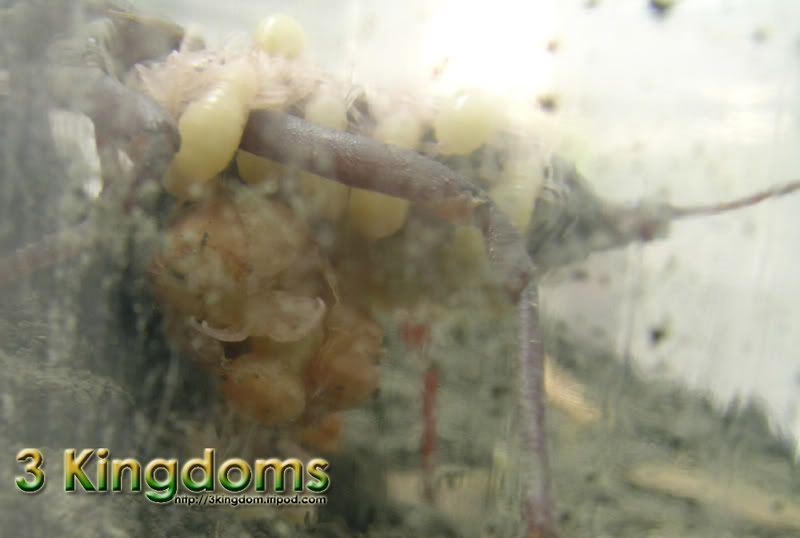is the fourth one a cage with plants? are those roots? happen to have a full enclosure photo?
Is that magazine available singly? i will take a look and see what its about thanks!
thanks!
EDIT: for some reason i cannot edit my first post...anyone know why? i can edit others. anyway i wanted to add links to the first one to keep it organised. her eit is anyway.
This one has some pics and such, but its in spanish. http://www.bloobook.net/browse/arachnida.php?lg=es
not too usefull but provides some info on new chinese sp. http://www.wanfangdata.com.cn/qikan/periodical.Articles/dwfl/dwfl2000/0003/000309.htm
Whipscorpions (Arachnida, Thelyphonida) from Africa http://digitallibrary.amnh.org/dspace/bitstream/2246/2732/1/N2526.pdf
Is that magazine available singly? i will take a look and see what its about
EDIT: for some reason i cannot edit my first post...anyone know why? i can edit others. anyway i wanted to add links to the first one to keep it organised. her eit is anyway.
This one has some pics and such, but its in spanish. http://www.bloobook.net/browse/arachnida.php?lg=es
not too usefull but provides some info on new chinese sp. http://www.wanfangdata.com.cn/qikan/periodical.Articles/dwfl/dwfl2000/0003/000309.htm
Whipscorpions (Arachnida, Thelyphonida) from Africa http://digitallibrary.amnh.org/dspace/bitstream/2246/2732/1/N2526.pdf
Last edited:





